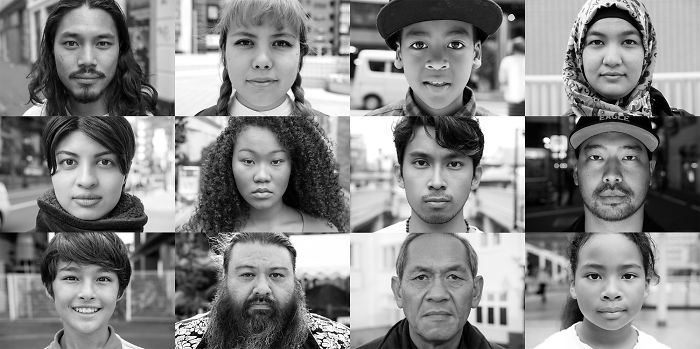
Portraying All 192 Combinations Of Half-Japanese People Worldwide.
My father was a Japanese karate teacher, my mom was his Belgian student. They got married and had two kids. I am obviously one of them.
Growing up being half-Belgian and half-Japanese, I have been asked questions like “Where are you from?” or “Who do you cheer for in football?” ever since I can remember. And although these questions have been around forever, I have never had the feeling that there was one simple and correct answer that would satisfy everyone (including myself).
In 2016 I decided to photograph and interview fellow ‘hāfu’ or mixed race / mixed roots people with one Japanese parent. My goal was to compare funny anecdotes, assumptions or other things people project on us with other half-Japanese people. I wanted to figure out if I was polite because I am Japanese, if I can be quite direct because I had been living in the Netherlands for 20 years or if I love beer because I am Belgian.
I would talk to each person for 1 hour, and distill our conversation into one single identity-related question that I woud take to the next hāfu like a chain letter. Therefore I called the project ‘Hāfu2Hāfu’, from one half-Japanese person to the other. I soon realised that the questions were more interesting than the individual stories. With this format we are creating dialogue between the viewer and the portrayed and stimulate self-reflection about identity, so that each viewer find answers of our own. The philosopher in me once said that the questions are like the rock in the river, while answers are like water that flows around it. Questions are timeless, whereas answers we give today may be different from the answers we will give tomorrow.
After meeting hāfu with different backgrounds, I realised that there was a significant diversity within this community I belong to: how we experience who we are is very different when you are born in Europe in the late 70’s like me, or if you are born in Japan as a black American Japanese just after WWII. So I decided to capture the ‘full range’ of mixes: 192 combinations of countries mixed with Japan. There are 193 countries according to the United Nations.
So far, I have collected portraits and questions of 150 hāfu representing approximately 100 different ‘other’ countries and will continue to do so, because in the end, I “gotta catch them all.”If you want to know if ‘your mix’ has been covered, head over to the website and have a look at the map and the list of countries.
I regularly organise meet-ups, hold talks about the project, give workshops about mixed race identity at universities, have exhibited the work in Japan, the US and Europe and recently published a book.
More info: hafu2hafu.org
Hāfu2Hāfu – an overview
Rikuto (Kenya x Japan) “Why are we more lighthearted around other hāfu?”
Cecilia (Bolivia x Japan): “Where would you like to raise your children?”
Tomoharu (Philipines x Japan): “Is it easier to come out as gay in Japan than the ‘other’ country?”
Juma (Tanzania x Japan): “Do you like the color of your skin?”
Mango (Jordan x Japan): “How can teachers play a positive role in connecting you with your classmates?”
Joao (Colombia x Japan): “Do you consider it your mission to connect two countries or cultures?”
Veronika (Russia x Japan): “When judging only your physical traits, where do people think you are from?”
Keiko (Papua New Guinea x Japan): “What would you tell your younger self?”
Eugene (USA x Japan): “Do you feel supported by your whole family (not just parents)?”
Hisanori (Thailand x Japan): “Do your parents value each other’s cultures equally?”
11Kviews
Share on FacebookMy son is half Japanese, half mixed European (mostly German and Russian). This is so interesting to see all of the different mixes!
Hi Carlos, Thanks for your reaction! Would you mind getting in touch via email if you're interested in having them in the project?
Load More Replies...My son is half Japanese, half mixed European (mostly German and Russian). This is so interesting to see all of the different mixes!
Hi Carlos, Thanks for your reaction! Would you mind getting in touch via email if you're interested in having them in the project?
Load More Replies...
 Dark Mode
Dark Mode 

 No fees, cancel anytime
No fees, cancel anytime 



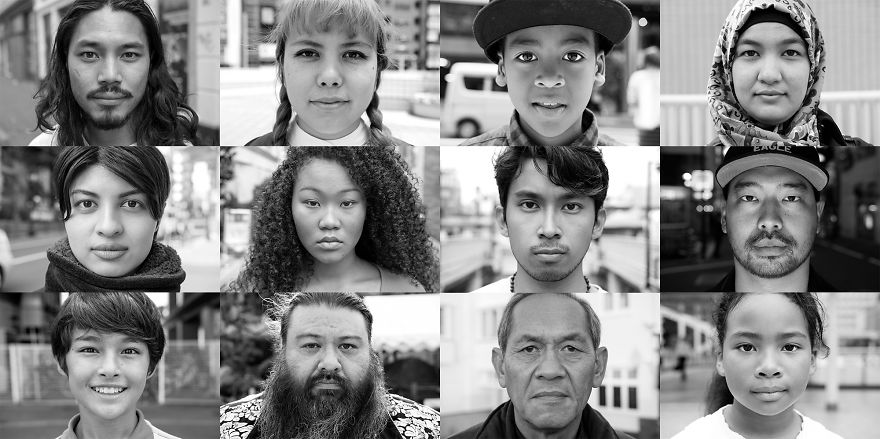
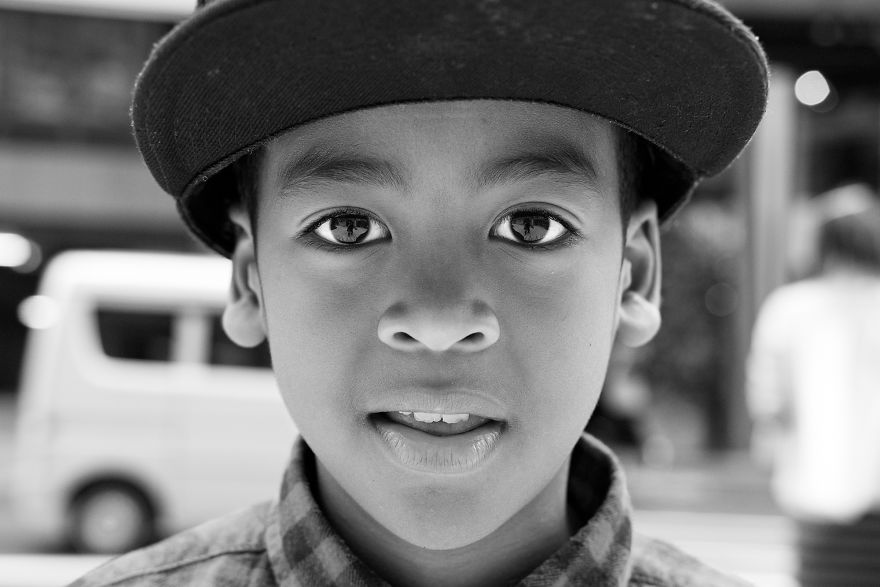
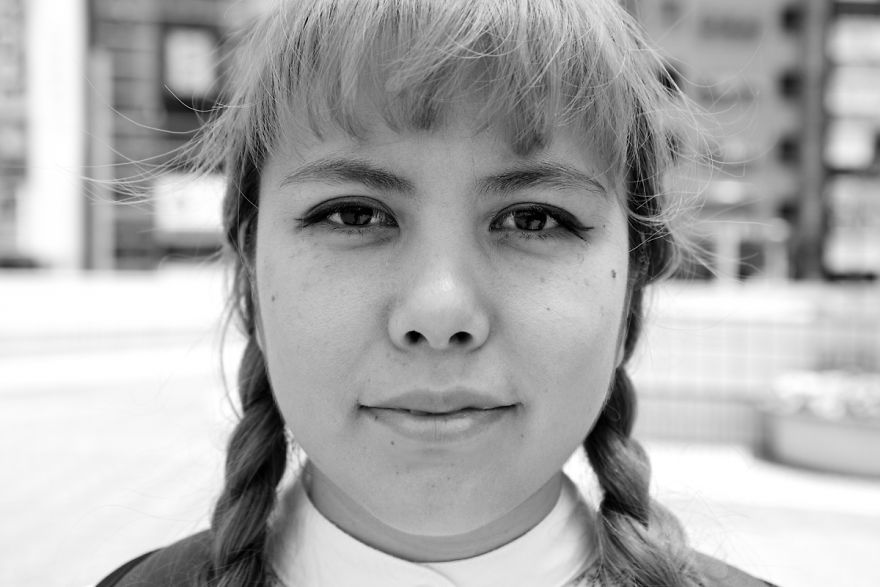
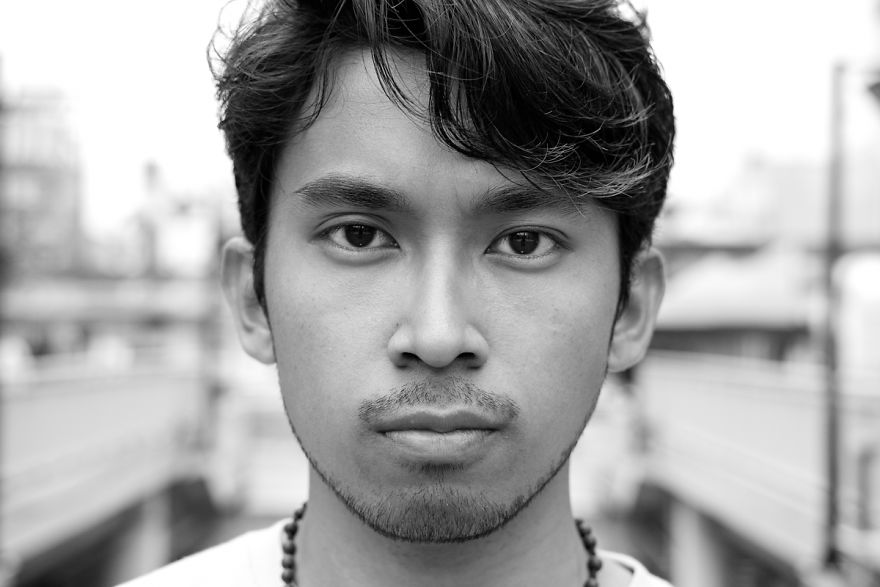
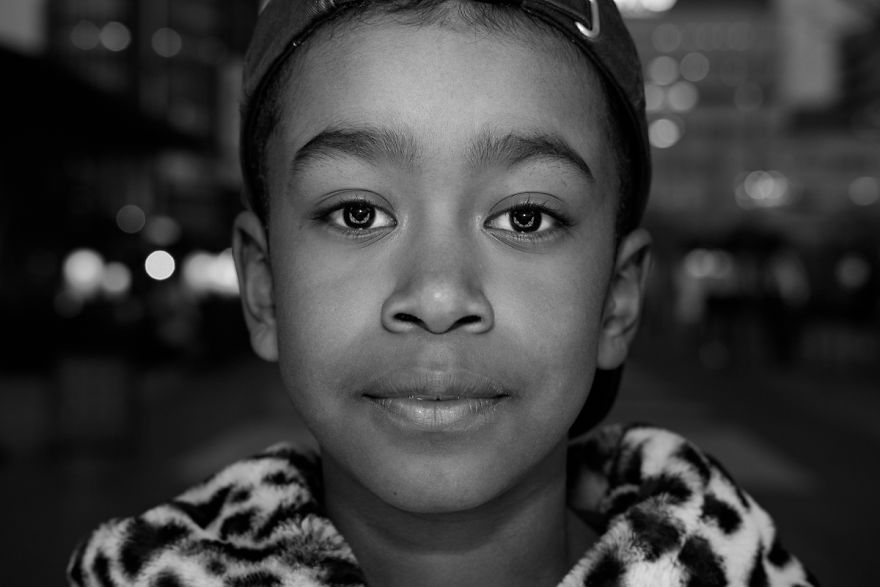
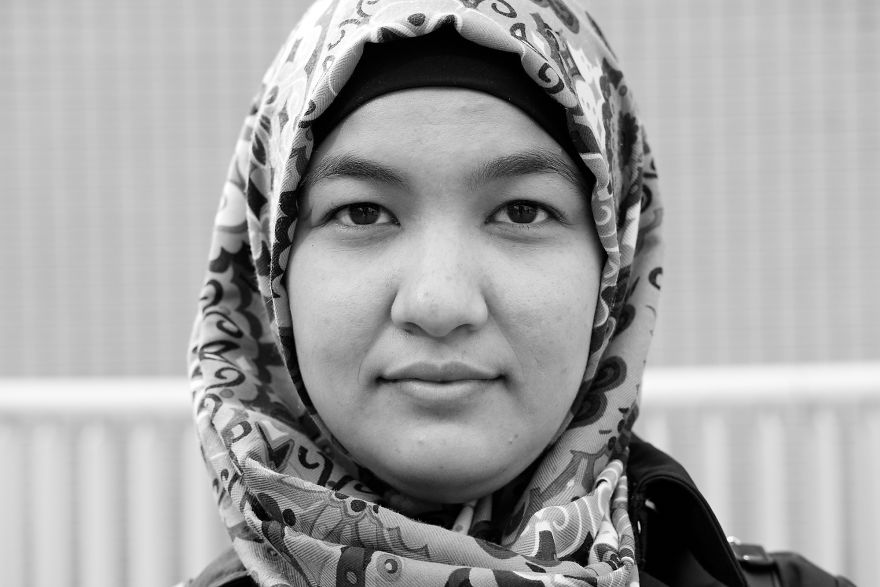
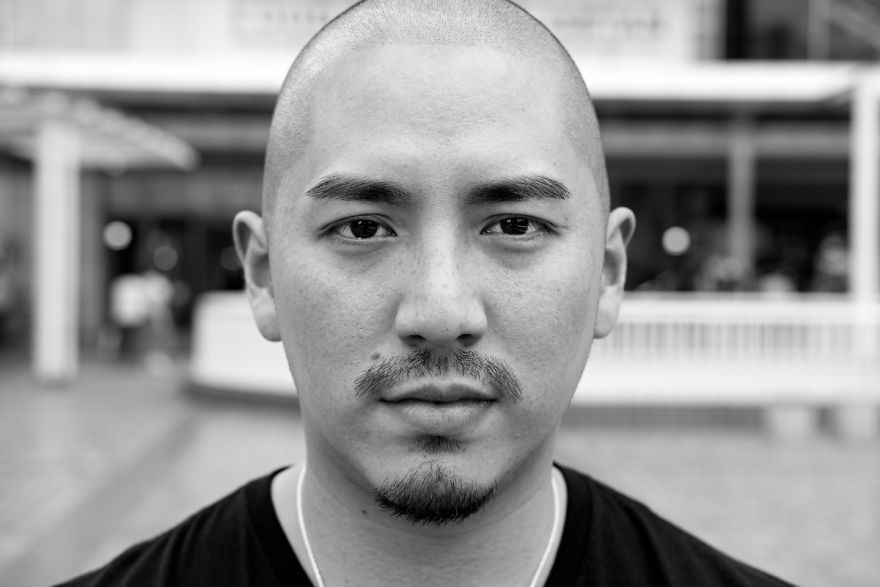
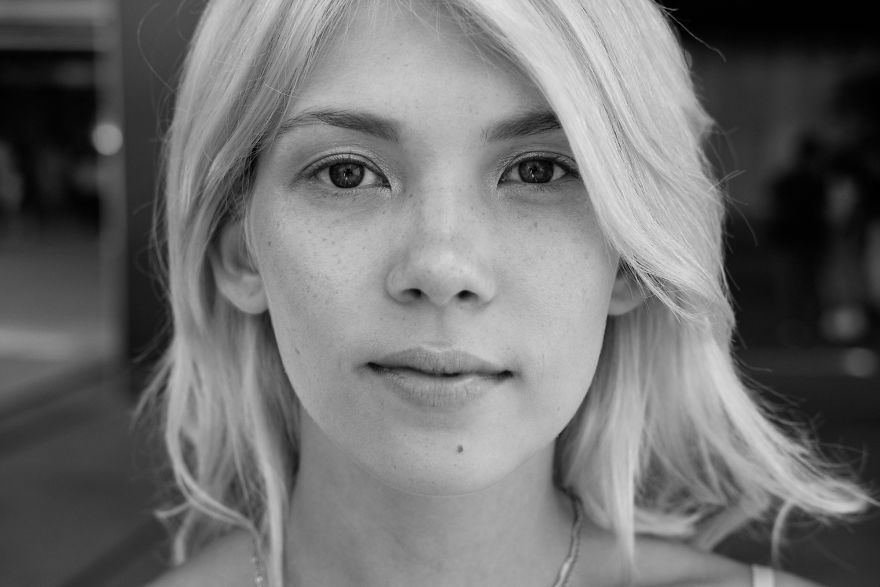
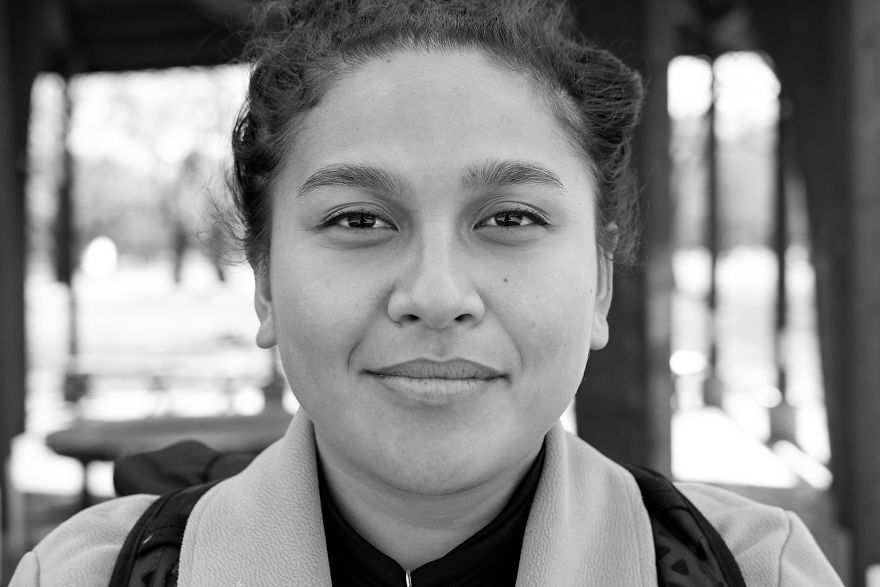
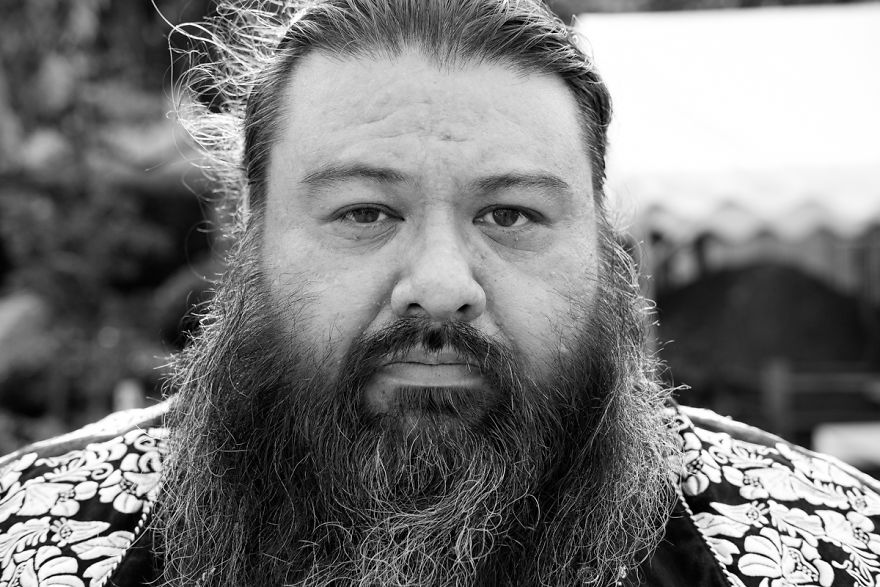
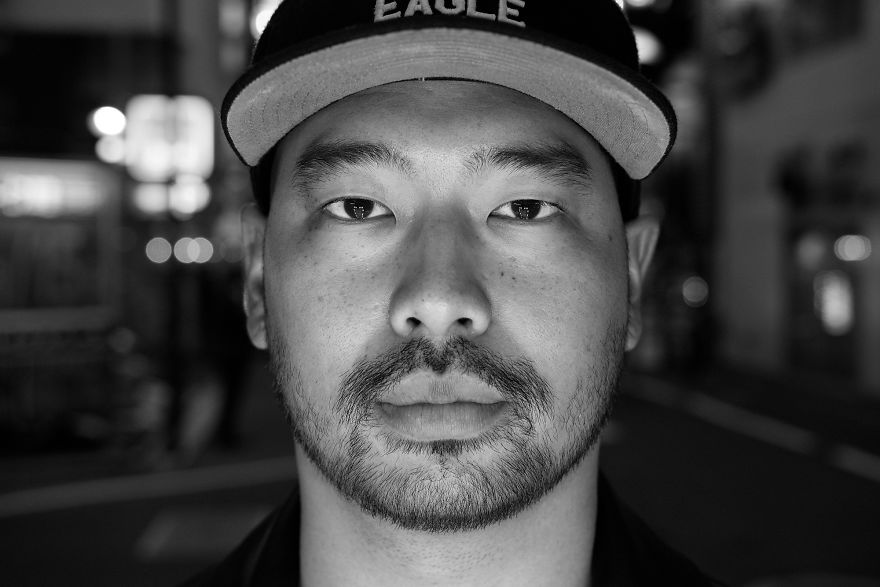
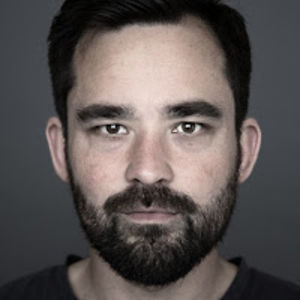


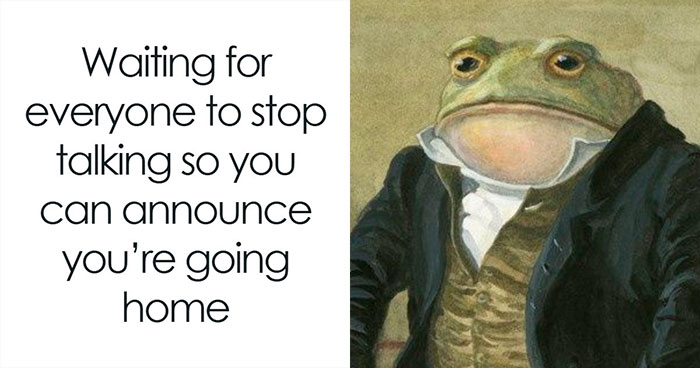
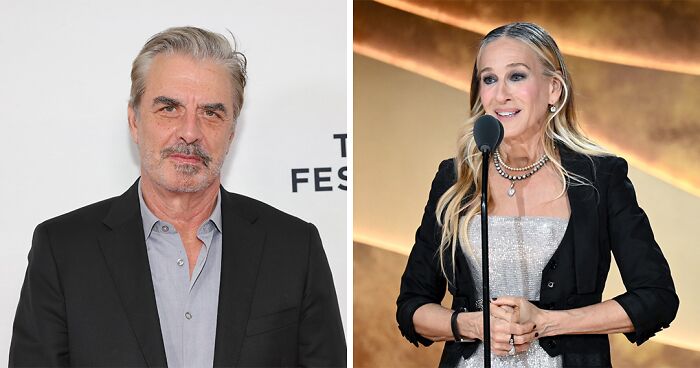
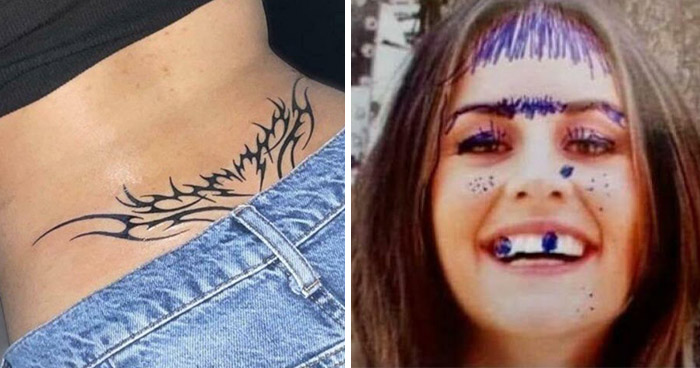
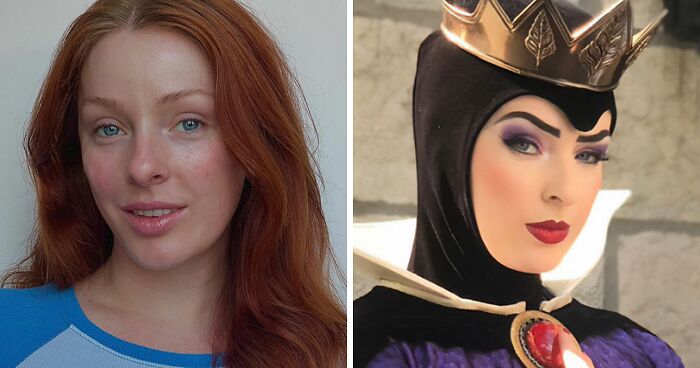
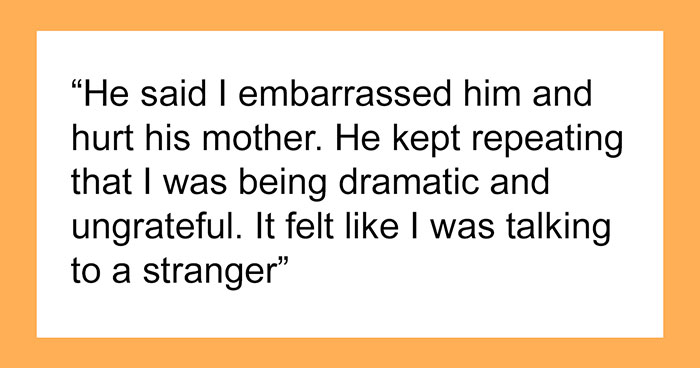
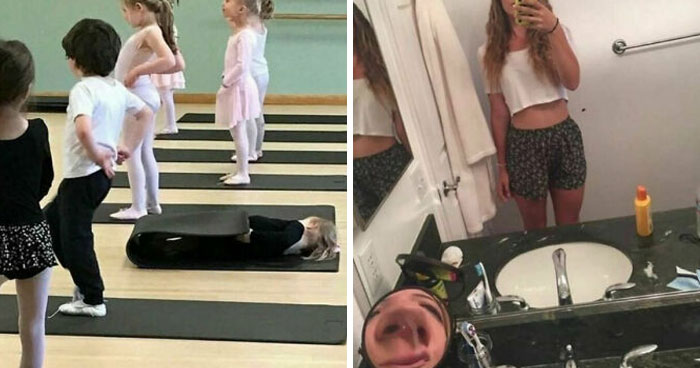
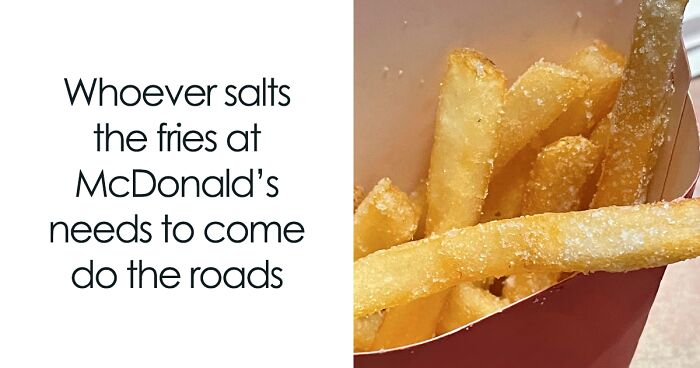
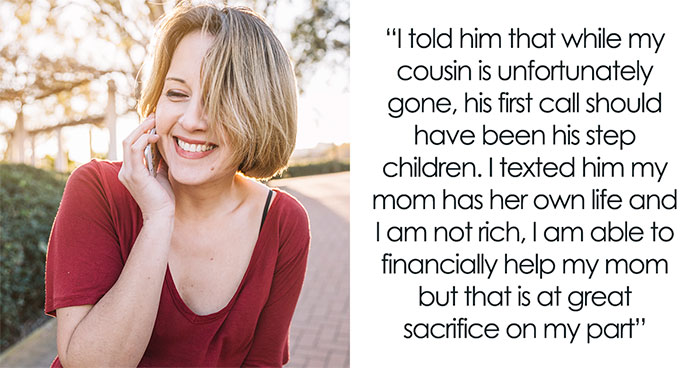
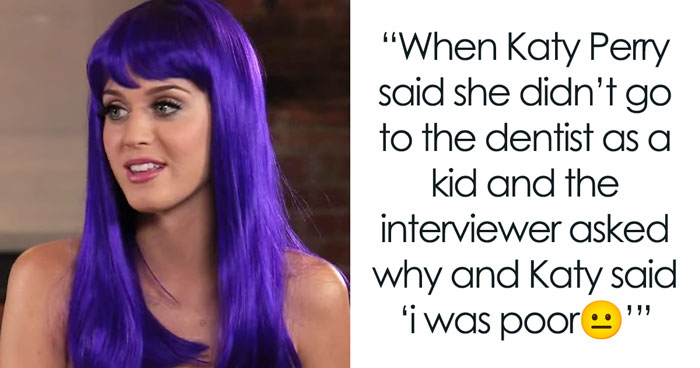

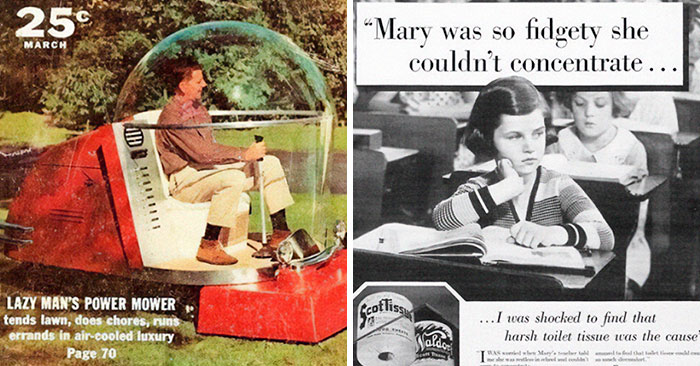
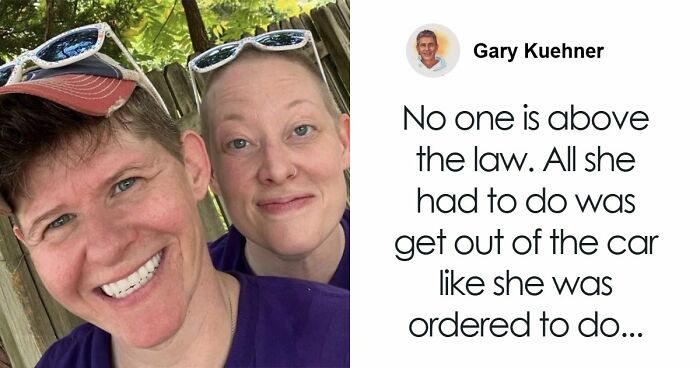
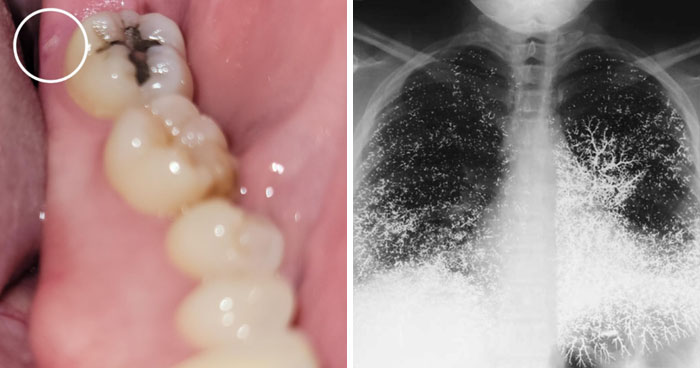
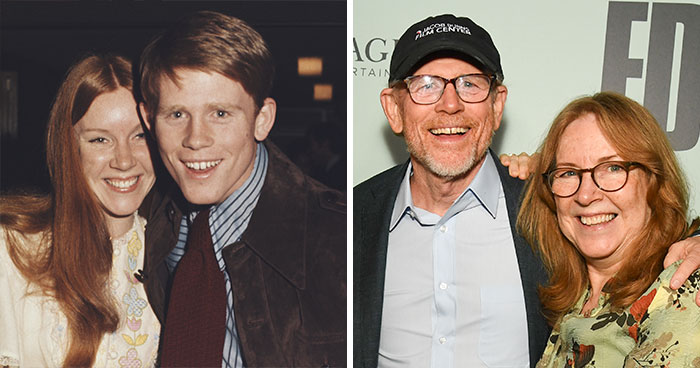
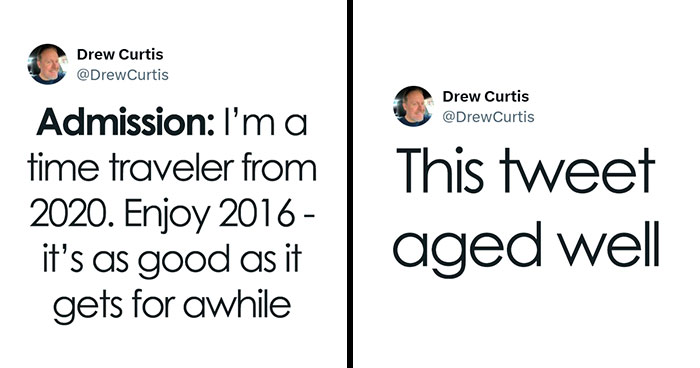
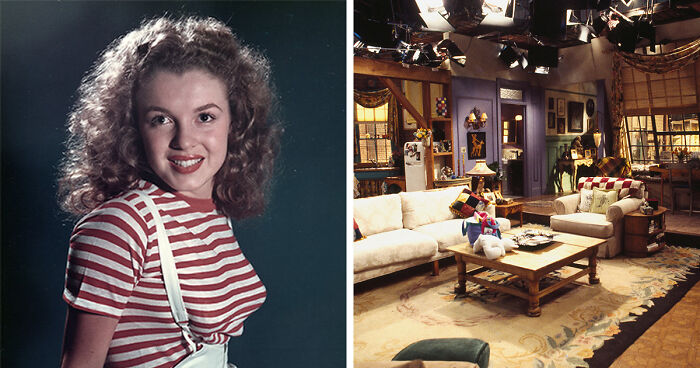
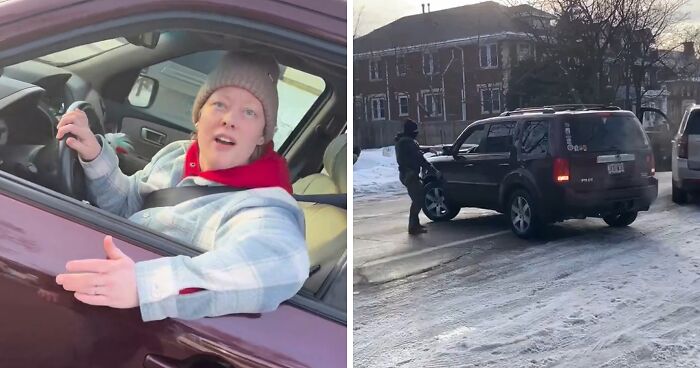

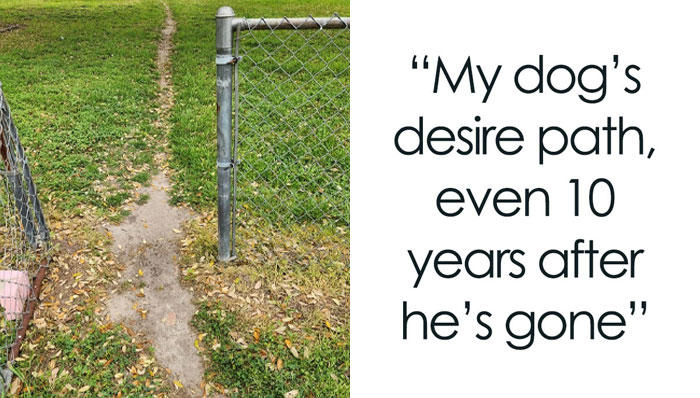
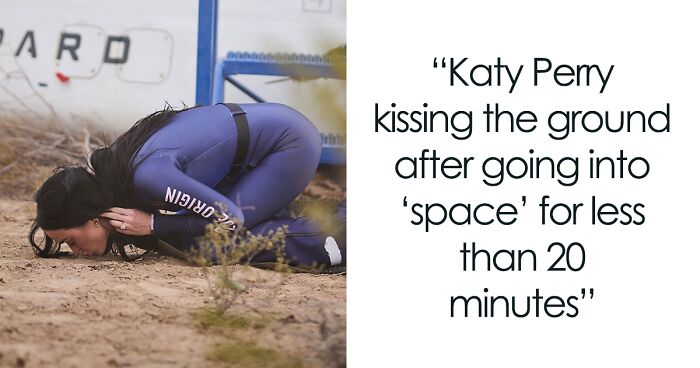
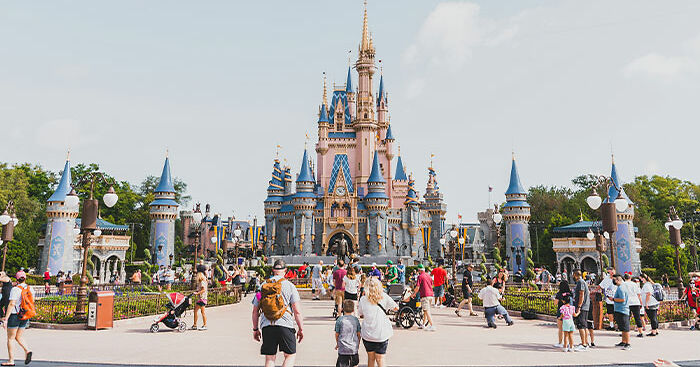
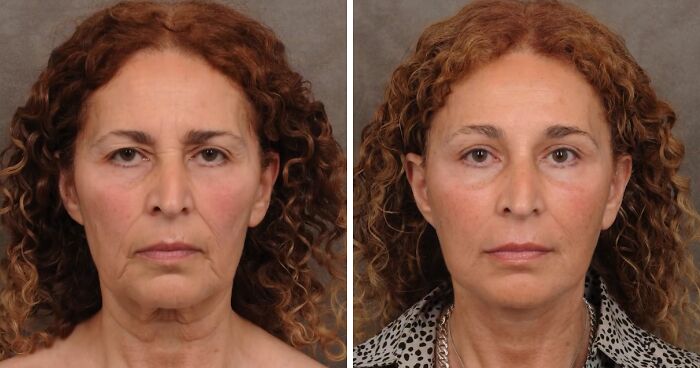
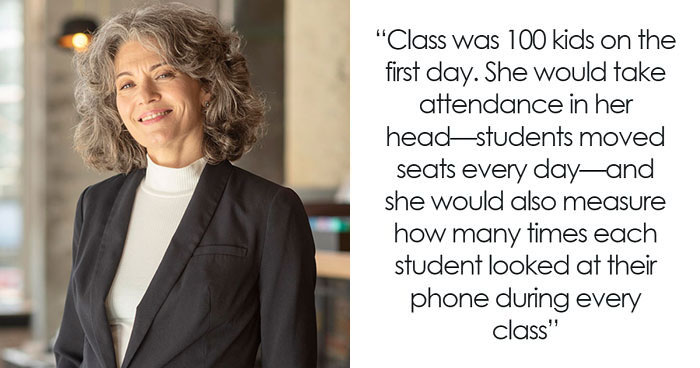
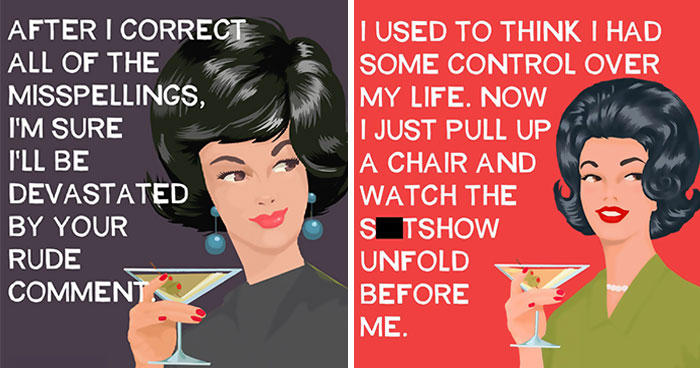
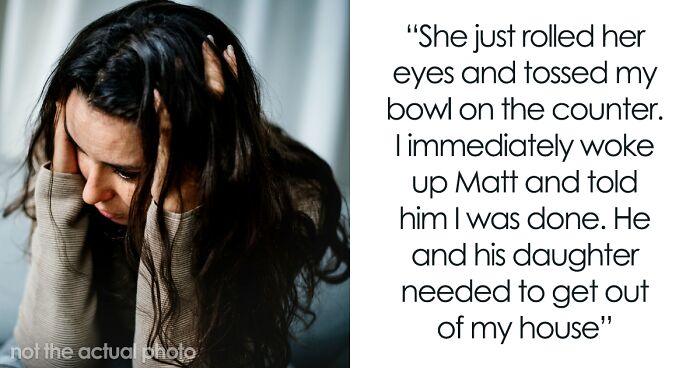
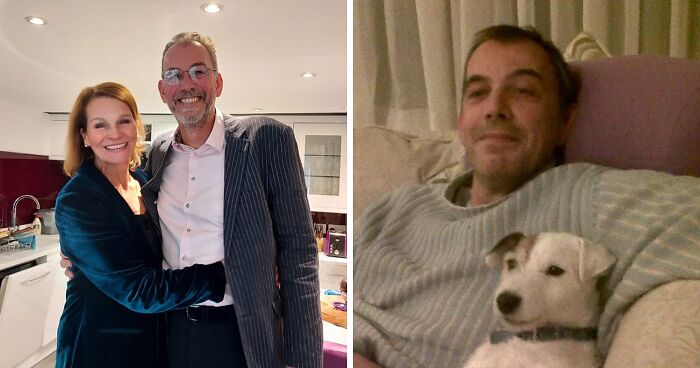
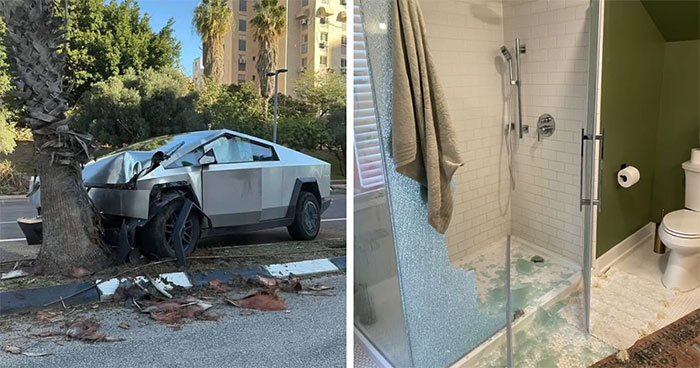
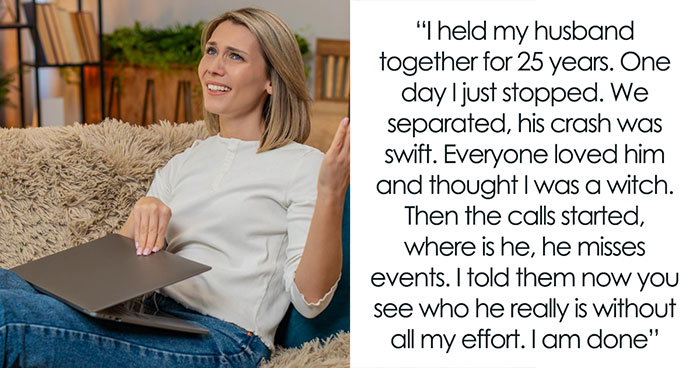
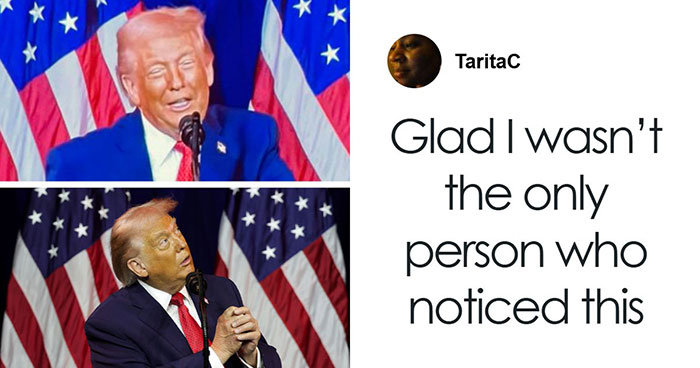
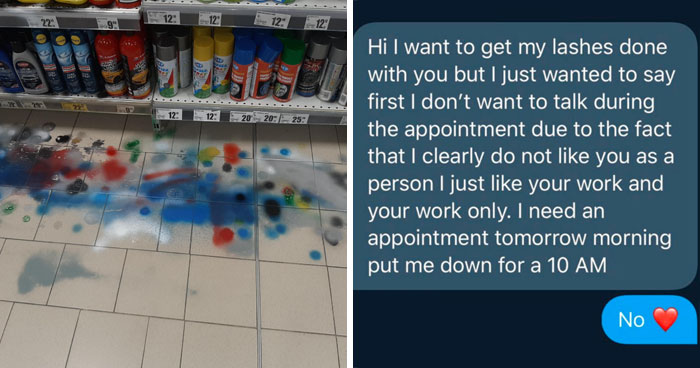
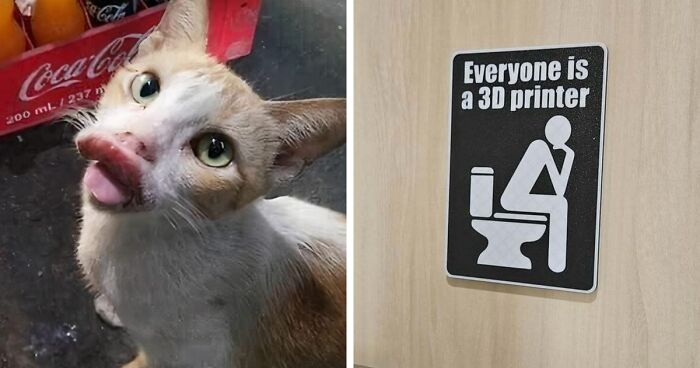

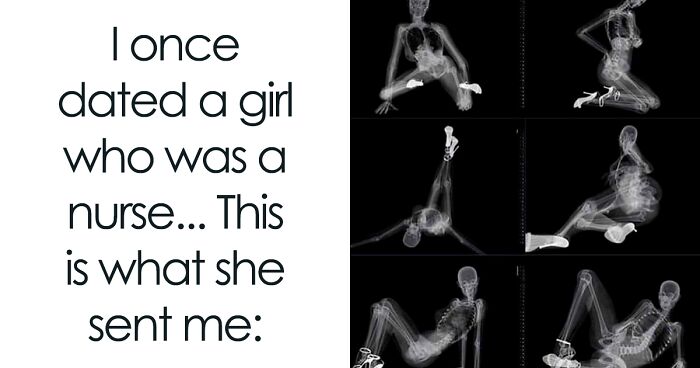
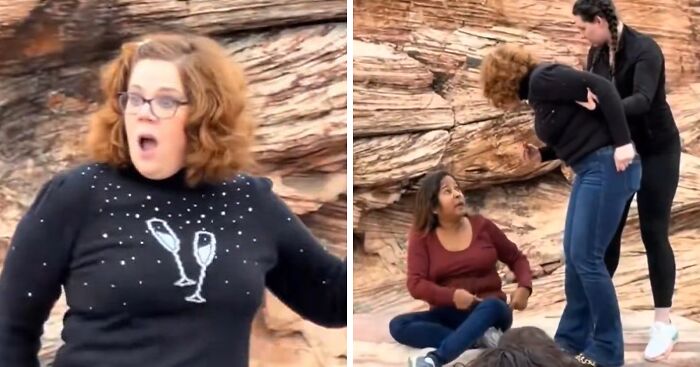
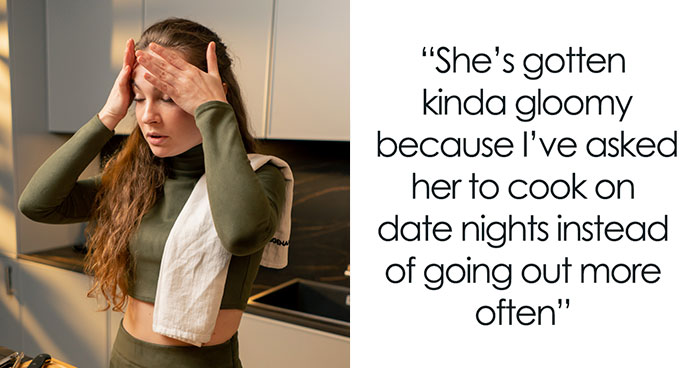
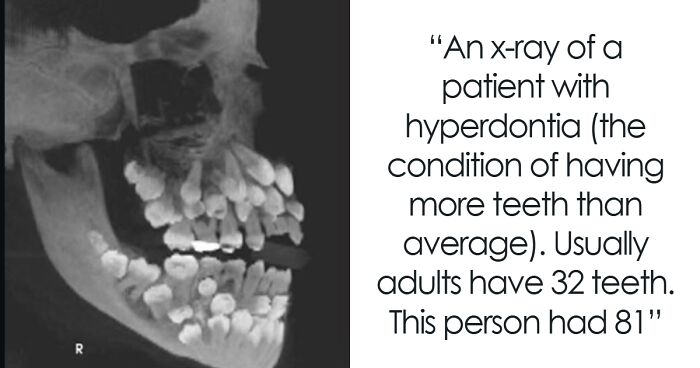

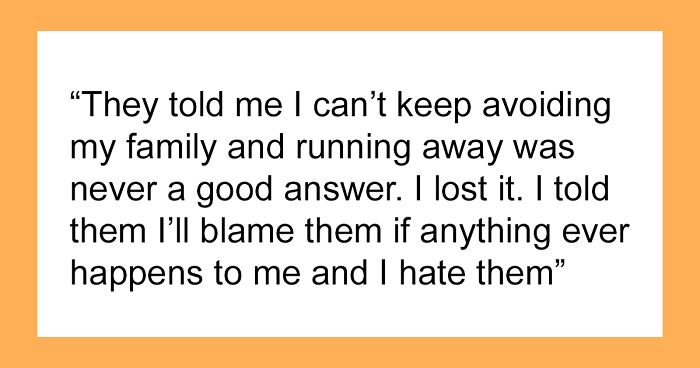
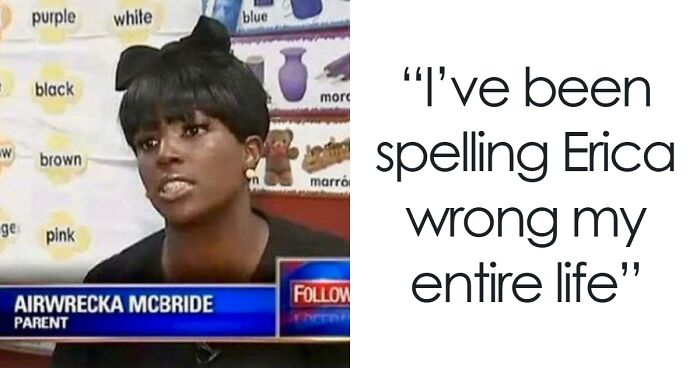
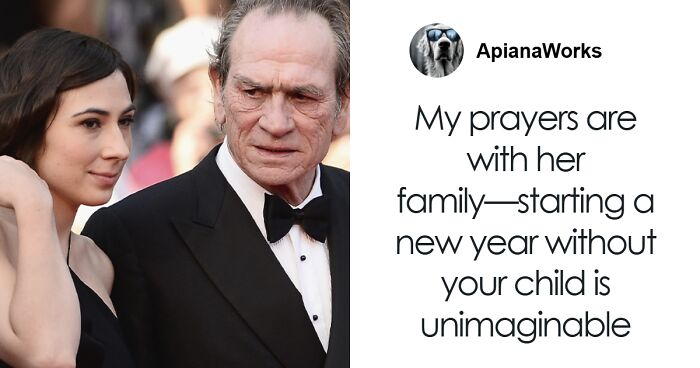
16
5